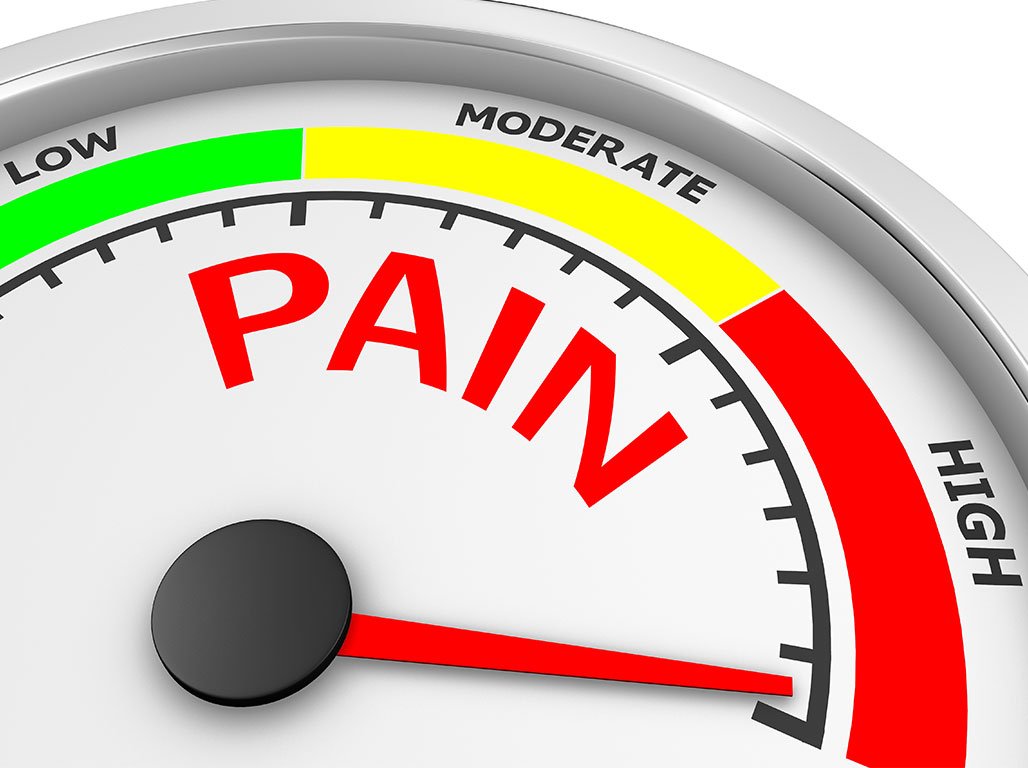By Donna Motley, Vice President of Claims
Every generation has had great accomplishments that benefit humanity. Even with all the negative that occurs in our world, we are living in wonderful times. Think of what your grandparents or great grandparents would think if they were living in today’s environment! Wouldn’t they be amazed? Or, look at the reverse. The younger generation don’t have “land line” telephones, much less know what a “party-line” is! Even though they can type on their computer or phone – what’s a typewriter? I read an article in The Detroit News a couple of weeks ago about scientists developing technology to “objectively” measure a person’s pain. As we know, pain is “subjective”. We all experience pain differently – as well as there being different “kinds” of pain. Muscle pain is different than nerve pain – think in terms of a sore elbow verses a tooth ache or ear ache. A migraine verses a tension headache or caffeine withdrawal. How we react to pain is ingrained in us as children. People playing sports are trained to “walk it off” or “play through” the pain. Typically, a doctor will ask a patient to measure their pain on a scale of 1 to 10, with 10 being the worse. A pain level of 3 to one person, may be an 8 to another.
So wouldn’t it be wonderful, for the patient AND the physician, to be able to have a standardized test for pain levels. Currently, if a patient indicates they are experiencing pain, a doctor pretty much has to take the patient at their word. Babies cannot verbally express their pain level. A better understanding of a patient’s pain provides a better treatment plan, i.e. which drug or what amount of drug is best to treat the pain. Current treatment plans, while well intended, are somewhat “trial and error” – what works and what does not work.
According to The Detroit News, Dr. Francis Collins who is the director of The National Institutes of Health is pushing for development of a “pain-o-meter”. Scientists are studying brain scans, pupil reactions and other possible markers of pain. Early results indicate some pain sensing nerves transmit particular signals to the brain along pathways that also alter muscles of the pupils as they react to different stimuli. An additional benefit is that they hope to uncover biological markers that explain why some people recover from acute pain while others develop hard to treat chronic pain.
The intention is not to call someone a “liar”, but to better diagnose and effectively treat, which lends itself to a quicker recovery. And as a side benefit, maybe also reduce the amount of opioids that are prescribed and less people becoming addicted.
We’ve come from a simple X-ray in 1895 to MRI’s, CT Scans, thermo nuclear scans to what next ? The future is bright – I can’t wait !




